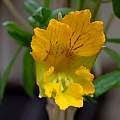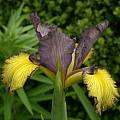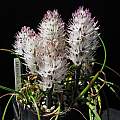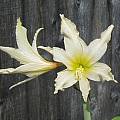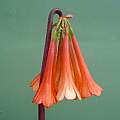Hello All,
Yes, it is Aspidistra grandiflora. I was so focused on a geophyte flowering without leaves that it did not cross my mind that this strange flower belongs to the Aspidistra leaves which are relatively far away from this flower. And no, the picture is not upside down.
Thank you, David for pointing out how to activate the lens App.
Here is another picture of the whole setting but the flower is barely visible.
Thank you for your help!
Uli
Yes, it is Aspidistra grandiflora. I was so focused on a geophyte flowering without leaves that it did not cross my mind that this strange flower belongs to the Aspidistra leaves which are relatively far away from this flower. And no, the picture is not upside down.
Thank you, David for pointing out how to activate the lens App.
Here is another picture of the whole setting but the flower is barely visible.
Thank you for your help!
Uli


